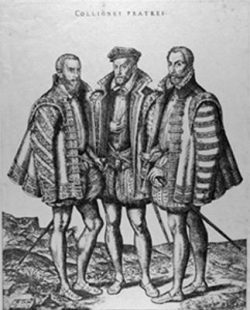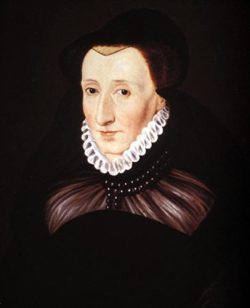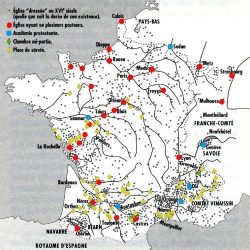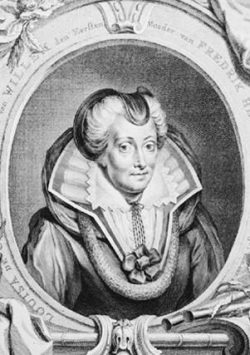The Protestant population
Upon Henri II’s death in 1559, membership increased, the number of « erected » churches was close to 1,400. The number of Protestants was estimated at 2 million representing 10 % of the population.
The new religion spread
Calvinist communities were scattered all over the kingdom, but were mostly in the South in a crescent from the Saintonge region to Lyon, namely Saintonge, south of Poitou, Guyenne, Gascogne, Béarn, Bas-Languedoc, Cévennes, Vivarais, Dauphiné. Other communities could be found in Normandy -Caen and Rouen- as well as in Lyon and Paris.
Nearly half of the nobility embraced the new religion, especially high-ranking nobility with great names who attended the king’s council. Antoine de Bourbon, however, hesitated, while his wife Jeanne d’Albret was a convinced Protestant. Her brother Louis de Bourbon, prince de Condé, was converted in 1558, as well as the three Chatillon brothers – nephews of Constable Anne de Montmorency, namely admiral Gaspard de Coligny, François d’Andelot, a prestigious military chief, and Odet prince cardinal of Beauvais who was to become the “Protestant Cardinal” in 1561. They were followed by representatives of prestigious lineage, such as La Rochefoucauld, Rohan, La Trémoille, Lévis, Crussol-Uzès, Caumont-Laforce, who brought along a number of city and village inhabitants of which they were lords. Jeanne d’Albret was a special case as she applied the principle “cujus regio ejus religio” and thus abolished Catholicism in her kingdom of Navarre and in the Béran region in 1565, and instituted State Protestantism.
As a Religion of the Book and of the Word, Protestantism mainly spread in cities and towns where bibles and books were distributed. People from all walks of life joined the Reformation, though especially the superior classes who could read and write. Peasants were very few, as well as “little people” notably in Paris. There were members of the clergy, mere curates, monks and vicars, but also prelates, some of whom promoted tolerance while others took the plunge and were converted.
Legal practitioners were quite numerous, be they magistrates, royal officers, members of parliament, lawyers, notaries, who often took responsibilities as pastors, deacons or elders. Lower in the hierarchy some prosecutors, barristers, bailiffs were strong supporters of the new religion. Beside the prominent figures were a great number of trades people, especially in large cities such as Rouen, Nantes, Bordeaux and La Rochelle. Craftsmen were a majority; maybe half of the Calvinists, and those who refused to recant were exiled in countries of the Refuge.
“The role of women was often highlighted” said Le Roux. People in charge of children’s schooling could help spread new ideas, and played a key role as mediators between Catholics and Protestants. In the higher ranks of nobility, Louise de Montmorencecy who remarried Gaspard de Coligny, Marshall of Chatillon and father of three sons who all turned to Protestantism, acted as an interface with the Montmorency clan.
Bibliography
- Books
- COTTRET Bernard, 1598, L’édit de Nantes, Perrin, Paris, 1997
- GARRISSON Janine, Henri IV, Le Seuil, rééd. 2008, Paris, 1984
- MIQUEL Pierre, Les Guerres de religion, Fayard, Paris, 1980
Associated tours
-
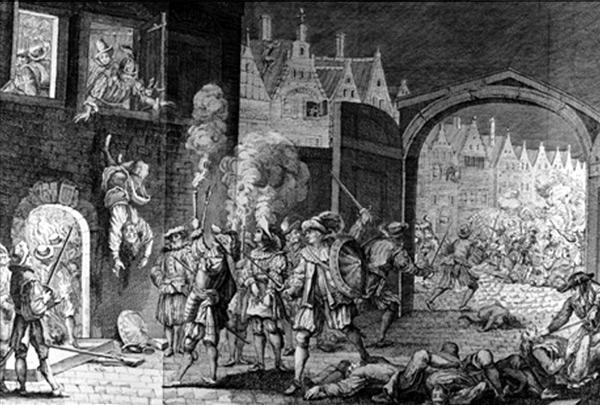
The eight wars of religion in detail
The wars lasted thirty-six years. The kingdom of France had 18 million inhabitants at that time – indeed, few other European countries had as many. The growth rate rose considerably...

